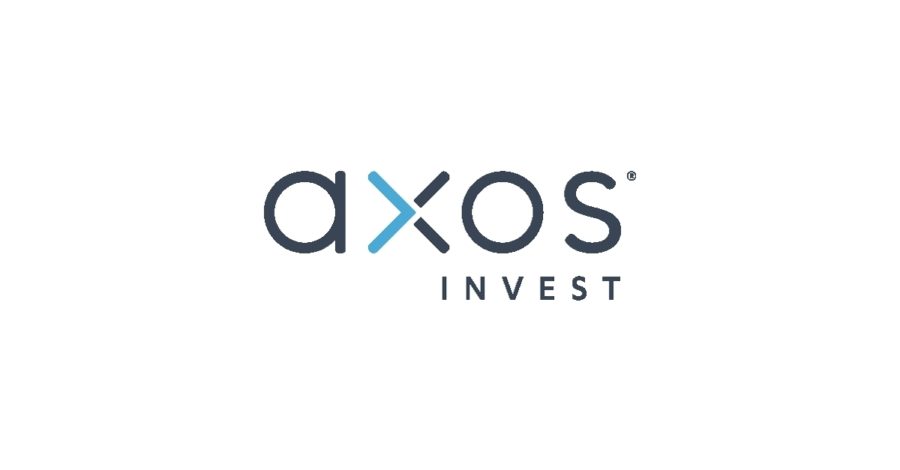
The post What is a Stock Split? by Sarah Horvath appeared first on Benzinga. Visit Benzinga to get more great content like this.
A stock split is a corporate decision that a company can make to increase the number of shares that it has outstanding on the market, usually in order to improve liquidity and make the investment more accessible. Though a stock split will not affect the underlying value of the asset that you own, understanding how a stock split works can help you better plan your investment strategy. Read on to learn everything you need to know about a stock split.
Table of contents
[Show]
What is a Stock Split?
Before explaining what a stock split is and how it works, imagine this scenario. You have $2,000 in your investing account and you have the option to invest in either Company A or Company B. Both companies have the same basic fundamentals — the only difference between the two is that Company A’s stock costs $20 a share, while Company B’s stock is currently priced at $1,000 a share. This means that with your investment funds, you can choose to purchase 1,000 shares of Company A’s stock or 2 shares of Company B’s stock. Which one do you think you’d choose?
If you’re like most investors, you probably choose Company A because you’d have the ability to purchase more individual shares. Most people are more comfortable purchasing a larger number of lower-priced shares than they are purchasing a few shares of a highly-valued stock. If a company’s stock price rises too high, the company might declare a stock split in order to keep the price of the stock lower for improved liquidity.
When a company declares a stock split, it means that the company will be increasing the total number of shares of the company that is outstanding without changing the company’s total market capitalization. The total number of shares that will be added to the pool of investments is determined by the split ratio chosen by the company. The most common ratios for stock splits are 2-for-1 and 3-for-1; however, a company’s board of directors can choose nearly any ratio that they believe will best serve the company. The first number in each ratio represents how many additional shares of stock will be added to the total investment pool per each share currently outstanding.
If Company B from the example above wanted to improve its liquidity, it might order a 10-to-1 stock split on its shares currently valued at $1,000 a share. This means that for every 1 share of Company B’s stock that’s currently available on the market, 10 additional shares will be added. Because a stock split does not affect the total value of the company, this means that after the stock split, each share of Company B’s stock will be worth $100.
What is a Reverse Stock Split?
A reverse stock split is simply the opposite of the situation described above. Instead of adding shares to the market to lower the price of each individual share, companies may declare a reverse stock split in order to increase the value of each share on the market. A reverse stock split does not change the value of the company issuing the stock in the same way that a standard stock split does not affect the total market capitalization of the company. Companies usually call for reverse stock splits in order to increase the market visibility of the company issuing the stock or to meet value requirements put in place by the SEC to prevent the stock from being delisted from major exchanges.
An example of a reverse stock split might include the following scenario. Imagine that Company C has 10,000,000 shares of stock outstanding and that its stock has been trading at a value of $0.35 for a significant period of time. If Company C’s stock is listed on the New York Stock Exchange (NYSE), this means that the company would be at risk of being actively removed from the exchange if it does not begin trading at a value of $1 a share or higher.
In order to remain on the exchange, Company C might declare a 1-to-10 reverse stock split. At the end of the split, Company C would only have 1,000,000 shares of stock outstanding; however, each share would be valued at $3.50 a share instead of $0.35. This means that Company C’s stock is now trading above $1 a share, and the company can remain listed on the NYSE.
How a Stock Split Works
When a company that you own stock in carries out a stock split, you’ll likely notice a change in the number of shares of that company that you own when you open your brokerage account. However, the value of the shares in your account will not change — the company issuing the split will ensure that you have an equivalent value in stock following the closing of the split. For example, if a company’s stock is trading at $100 a share and you own 1 share, you’ll see 2 shares valued at $50 each in your account following a 2-to-1 split.
Some companies refer to the process of rebalancing the number and value of shares in your account following a stock split as a “special stock dividend.” Despite having the word “dividend” in the name, this does not mean that a stock split replaces the standard dividend period that you’d typically expect if you’re investing in a company that pays out a dividend to shareholders.
If you own a stock that experiences a stock split or reverse stock split, this decision will not have an effect on your taxable income. The additional shares that you receive are not considered to be taxable income under the IRS, and the tax liability of each share that you previously owned will be divided or compounded according to the type of split or reverse split that the company’s shares have undergone.
Advantages of Stock Splits
Why would a company go through the time and effort to issue a stock split? Declaring a stock split comes with a number of benefits for both the company and you as the investor, including the following.
Stock splits make shares more accessible: A stock split makes shares of a company more accessible to the general public by decreasing the price that investors will need to pay for a single share of stock. While this might not be a major concern for you as an investor if you aren’t planning on investing in additional company shares, it can indirectly result in an increase in stock price, as more public interest in a company’s shares often leads to increased demand and prices.
Stock splits enhance liquidity: Increased accessibility also increases the liquidity of a stock, which means that individual shares can be bought and sold more easily. If you’re a day trader, scalper or you rely on another type of short-term trading strategy, enhanced liquidity can ensure that your orders are more likely to be executed quickly.
Disadvantages of Stock Splits
A stock split also comes with disadvantages, including the following.
Stock splits do not change fundamentals: No matter if a company is undergoing a stock split or a reverse stock split, the underlying value of the shares does not change. If the company has poor fundamentals or is on the road toward bankruptcy, a stock split will not provide a permanent solution.
Stock splits may attract the wrong type of investor: While a stock split can make shares more accessible, this doesn’t mean that it will always attract investors who believe in the long-term success of the company. Increased liquidity may attract investors who buy and sell the stock on a short-term basis in order to capitalize on changes in price movements, which is detrimental to the long-term success of the company issuing the shares.
Compare Online Brokerage Accounts
Has a stock split made a company’s shares more accessible to you? Before you can buy and sell shares of stock, you’ll need to open a brokerage account. Benzinga offers insights and reviews on the following brokerage account providers. If you don’t already have a place to buy and sell, consider beginning your search with a few of the links below.
Frequently Asked Questions
Is a stock split good?
A stock split is not necessarily good or bad because it does not change the underlying value of the company. While a stock split can provide enhanced liquidity for a company’s shares, it will not solve any major problems lying in the structure of the company.
Answer Link
Do stocks usually go up after a split?
A stock may increase in value after a split thanks to renewed investor interest and improved liquidity, a stock split does not inherently cause the value of a stock to rise.
Answer Link
The post What is a Stock Split? by Sarah Horvath appeared first on Benzinga. Visit Benzinga to get more great content like this.






